-
2018-09-12150碟子
-
2018-09-13一次性环保餐具-碟子
-
2018-09-14一次性可降解餐具-270ml碗
-
2018-09-14一次性餐具-叉子
-
2018-09-14环保餐盒
可降解颗粒的环保材料特点
可降解颗粒是一种新型的环保材料,通常由可降解的聚合物制成。它们具有以下特点:
Degradable particles are a new type of environmentally friendly material, usually made of degradable polymers. They have the following characteristics:
可降解性:可降解颗粒在特定的环境条件下,可以分解成无害的物质,减少对环境造成的污染。常用的可降解聚合物包括聚乳酸(PLA)、聚羟基脂肪酸酯(PHA)等。
Degradability: Under specific environmental conditions, degradable particles can decompose into harmless substances, reducing pollution to the environment. Commonly used biodegradable polymers include polylactic acid (PLA), polyhydroxyfatty acid esters (PHA), etc.
生物相容性:可降解颗粒通常对生物体具有较好的生物相容性,不会对人体或其他生物产生明显的毒性或过敏反应。
Biocompatibility: Biodegradable particles typically have good biocompatibility with organisms and do not exhibit significant toxicity or allergic reactions to humans or other organisms.
应用广泛:可降解颗粒可以用于各种领域,例如包装材料、农业用品、医疗器械、食品包装等。它们可以完全替代传统的塑料制品,减少对非可再生资源的依赖。
Widely used: Biodegradable particles can be used in various fields, such as packaging materials, agricultural supplies, medical devices, food packaging, etc. They can completely replace traditional plastic products and reduce dependence on non renewable resources.
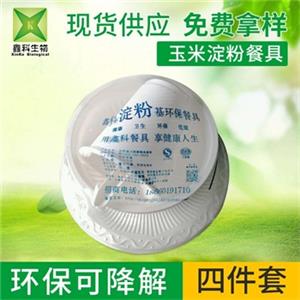

分解速度可控:可降解颗粒的分解速度可以通过调整材料的结构、添加催化剂或控制环境条件来实现。这使得可降解颗粒的使用更加灵活,可以根据具体需求进行调整。
Controllable decomposition rate: The decomposition rate of degradable particles can be achieved by adjusting the material structure, adding catalysts, or controlling environmental conditions. This makes the use of degradable particles more flexible and can be adjusted according to specific needs.
工艺成熟度较高:可降解颗粒的生产工艺相对成熟,技术比较成熟,可以大规模生产。
High process maturity: The production process of degradable particles is relatively mature, and the technology is relatively mature, which can be produced on a large scale.
需要注意的是,尽管可降解颗粒具有许多优点,但其性能和应用仍然存在一些限制。例如,可降解颗粒的物理性能(如强度、耐热性等)可能不如传统塑料,还需要进一步改进和研发。此外,可降解颗粒的分解速度和方式也受到环境条件的影响,需要合理的处置措施才能发挥其优势。
It should be noted that although degradable particles have many advantages, their performance and application still have some limitations. For example, the physical properties of degradable particles (such as strength, heat resistance, etc.) may not be as good as traditional plastics, and further improvement and development are needed. In addition, the decomposition rate and mode of degradable particles are also affected by environmental conditions, and reasonable disposal measures are needed to fully utilize their advantages.
- 上一个: 一次性环保餐具是如何进行查看?
- 下一个: 真假玉米淀粉餐具分辨技巧介绍
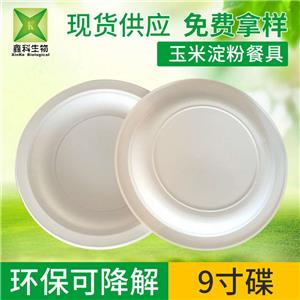 150碟子
150碟子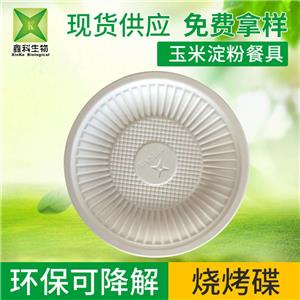 一次性环保餐具-...
一次性环保餐具-...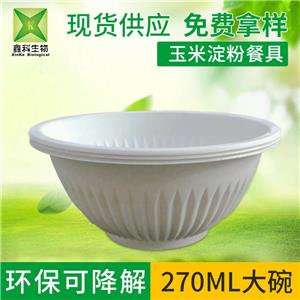 一次性可降解餐具...
一次性可降解餐具...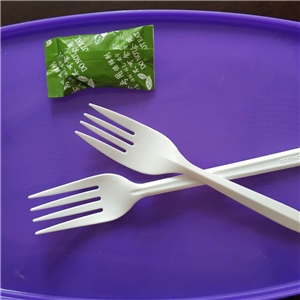 一次性餐具-叉子
一次性餐具-叉子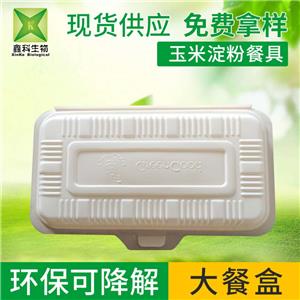 环保餐盒
环保餐盒
相关产品:





